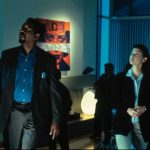12 Monkeys (1995)
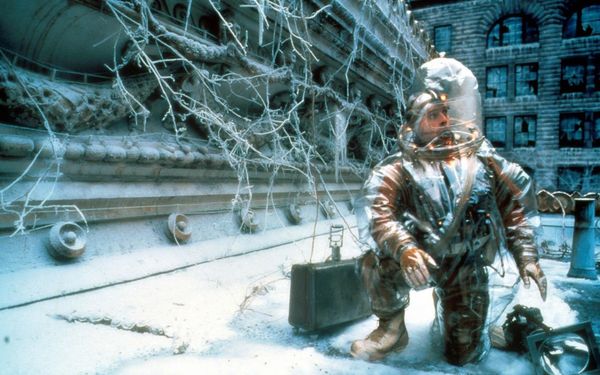
“12 Monkeys” (1995): A Mind-Bending Sci-Fi Thriller Directed by Terry Gilliam
Released in 1995, “12 Monkeys” is a thought-provoking science fiction thriller directed by Terry Gilliam, known for his unique visual style and imaginative storytelling. The film features a stellar cast, including Bruce Willis, Madeleine Stowe, and Gary Oldman, and has garnered acclaim for its intricate plot, compelling performances, and profound themes. Blending elements of time travel, dystopian futures, and psychological drama, “12 Monkeys” remains a standout film that challenges viewers’ perceptions of reality and sanity.
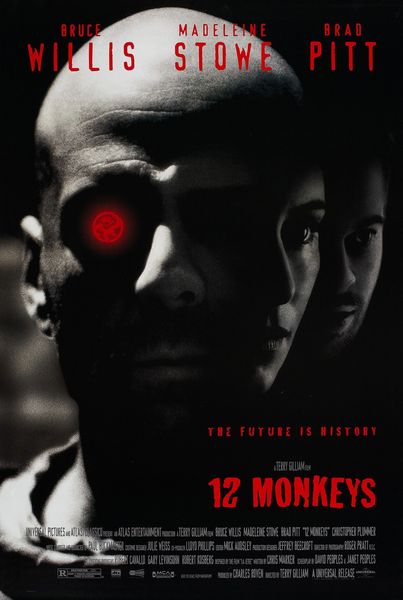
Set in a post-apocalyptic future ravaged by a deadly virus that has wiped out most of humanity, the narrative follows James Cole (Bruce Willis), a convict sent back in time to gather information about the origins of the virus. His mission is to identify the “Army of the Twelve Monkeys,” a group believed to be responsible for releasing the contagion. However, as Cole navigates the complexities of time travel, he struggles with his own mental stability and the blurred lines between reality and delusion. The film unfolds through a series of nonlinear events, forcing viewers to piece together the fragmented narrative alongside Cole.
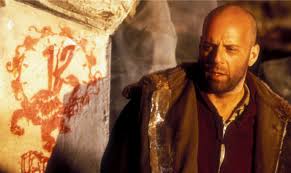
Terry Gilliam’s direction is characterized by his signature surreal visual style and dark humor. The film’s cinematography, crafted by Roger Pratt, utilizes contrasting imagery to highlight the stark differences between the bleak future and the vibrant past. Gilliam’s use of lighting and camera angles creates a disorienting atmosphere that mirrors Cole’s experiences, enhancing the film’s exploration of madness and perception. The pacing is deliberate, allowing for moments of introspection amid the tension of Cole’s mission. The haunting score by Paul Buckmaster further amplifies the film’s emotional weight, underscoring the themes of loss and desperation.
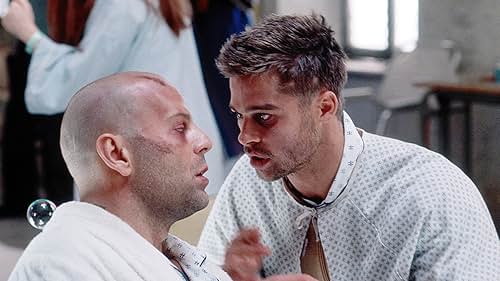
“12 Monkeys” is primarily classified as a science fiction thriller, but it also incorporates elements of psychological drama and social commentary. The film delves into themes of time, memory, and the nature of reality, inviting viewers to contemplate the implications of their actions across time. Through Cole’s journey, it poses profound questions about fate, free will, and the possibility of change. The narrative explores the human condition in the face of catastrophe, reflecting on how individuals cope with trauma and uncertainty.

The performances in “12 Monkeys” are exceptional, with Bruce Willis delivering a compelling portrayal of James Cole. Willis effectively captures the character’s vulnerability and determination, making Cole a relatable protagonist despite the film’s fantastical elements. Madeleine Stowe shines as Dr. Kathryn Railly, a psychiatrist who becomes entangled in Cole’s mission, bringing depth to her character as she grapples with her own beliefs about sanity and reality. Gary Oldman’s portrayal of Jeffrey Goines, a mentally unstable activist, adds a layer of unpredictability, showcasing Oldman’s range as an actor.
Upon its release, “12 Monkeys” received critical acclaim for its ambitious storytelling and thought-provoking themes. Critics praised its originality and depth, noting its successful blend of genre conventions with philosophical inquiries. The film has since garnered a cult following, appreciated for its intricate narrative and willingness to explore complex ideas about time and existence.
In conclusion, “12 Monkeys” is a masterful film that showcases Terry Gilliam’s distinctive directorial style and the exceptional talents of its cast. With its engaging narrative, exploration of profound themes, and striking visuals, the film offers a captivating viewing experience. As it navigates the complexities of time and the human psyche, “12 Monkeys” stands as a significant work in the science fiction genre, inviting audiences to reflect on the nature of reality, memory, and the choices that define us. Its enduring impact continues to resonate, making it a timeless classic in cinematic history.


